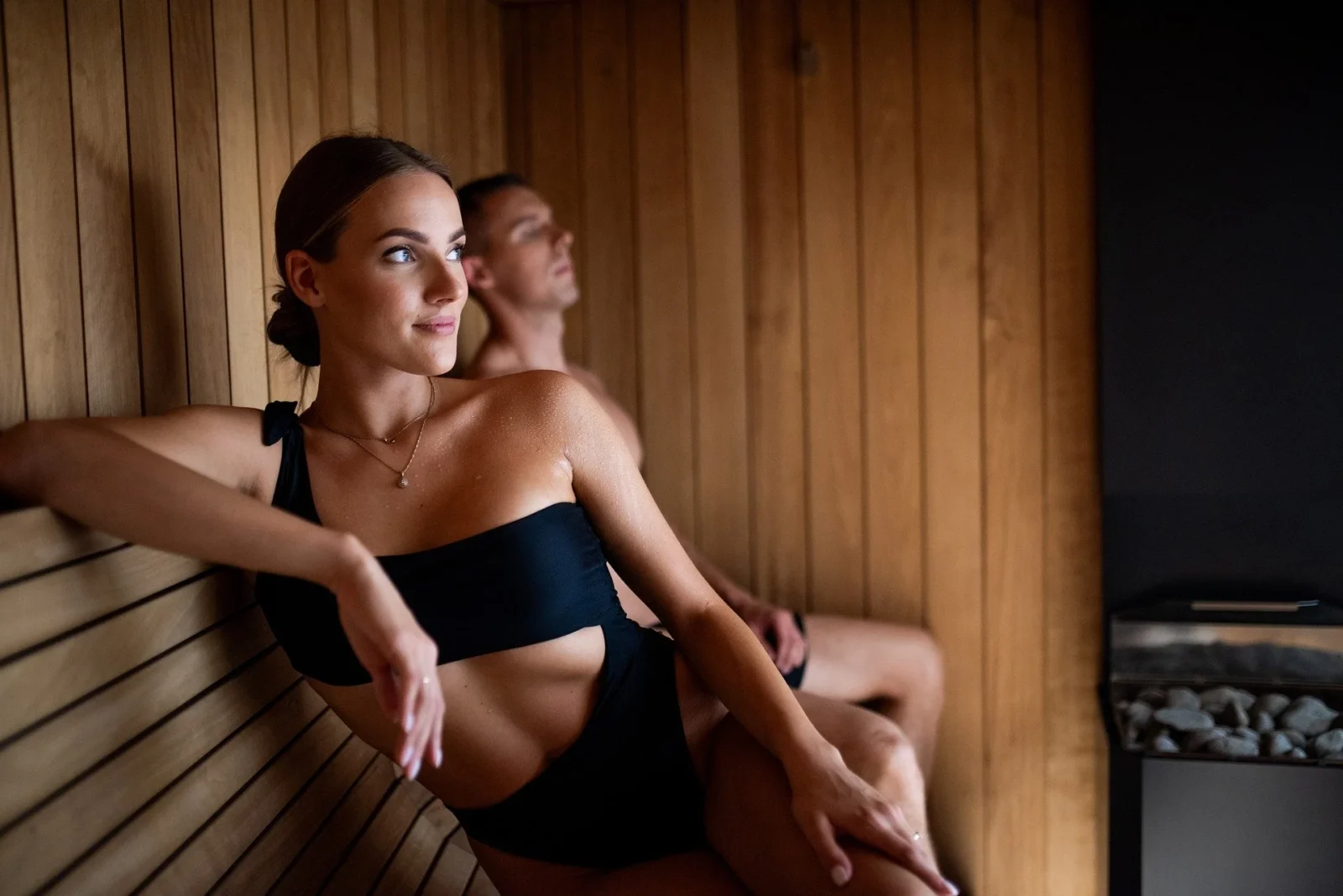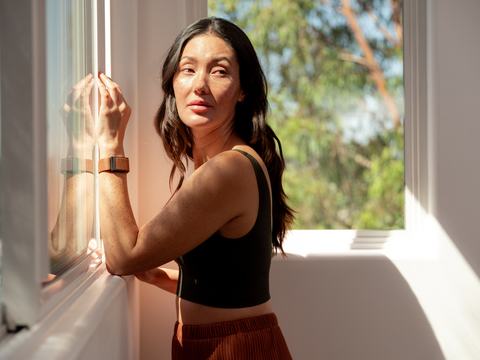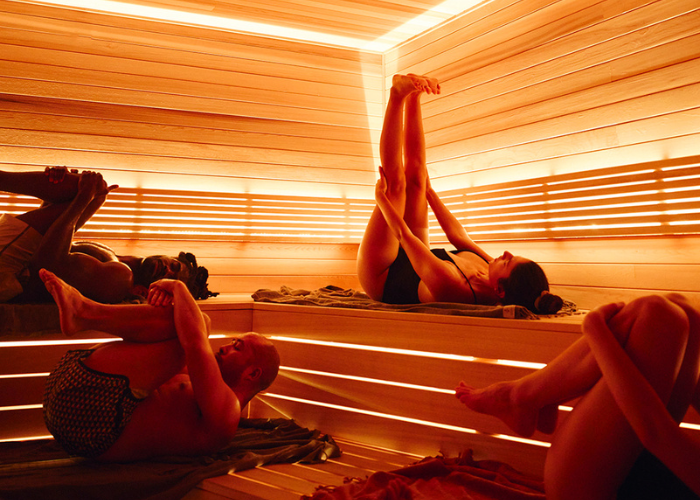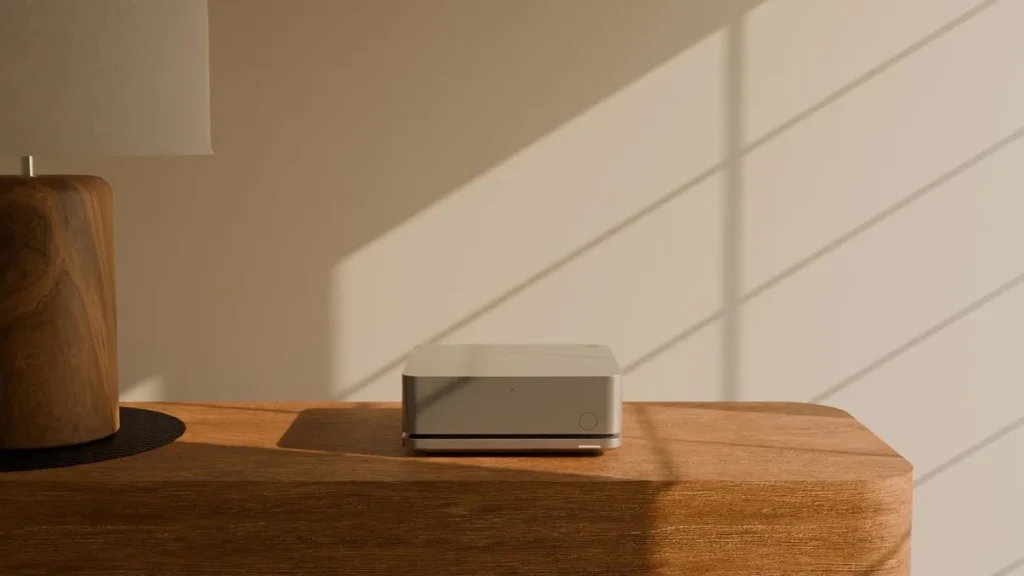5 Wellness Micro-Trends Defining the Future of Well-Being

From AI-driven health coaching to mood-boosting skincare and smart recovery spaces, the Global Wellness Institute’s 2025 Micro-Trends report reveals what’s next in fitness, longevity and holistic well-being
The wellness world and its $5.6 trillion economy is moving fast and not always in the direction you’d expect.
A new report from the Global Wellness Institute (GWI) is spotlighting what’s ahead, offering a rare, insider look at what’s coming next. For the first time, GWI has compiled insights from all of its expert-led Initiatives, each focused on a specific sector of wellness and meeting regularly to track trends, into a single sweeping resource: Initiative Micro-Trends 2025.
The result is a comprehensive report packed with early signals and insights that could shape how we train, eat, recover and age in the years ahead. Athletech News combed through GWI’s Initiative Micro-Trends 2025 and pulled five compelling trends for fitness, wellness and performance leaders to keep on their radar.
Here’s what to watch.
AI Becomes A Wellness Wingman
Artificial intelligence is no longer a fringe tool in wellness; it’s becoming the engine behind how we train, recover and manage our health.
According to the Global Wellness Institute’s Initiative Micro-Trends 2025 report, AI is evolving from passive data tracking to real-time decision-making that is hyper-personalized. One example is the performance wearable company Whoop, which integrates AI with biometric data to deliver personalized coaching. Users can now ask questions like “Should I train today?” and receive recommendations based on heart rate variability, sleep quality and recovery metrics.

The impact of AI also extends beyond physical health. Mental wellness platforms such as Clare&me and Limbic Care are using AI to offer always-on, text-based support for stress and anxiety. Already in use across schools and workplaces, such tools support a broader shift toward scalable, stigma-free mental health care. Meanwhile, in clinical settings, AI is easing the administrative load on providers with ambient transcription tools, while also accelerating diagnostics and drug discovery.
Recovery Is the New Baseline
Once reserved for pro athletes, recovery is now part of the everyday wellness routine. The Global Wellness Institute’s Initiative Micro-Trends 2025 report highlights how tools like red light therapy, lymphatic drainage, pneumatic compression and infrared saunas are increasingly showing up in gyms, spas and hotels.
One of the biggest shifts? Contrast therapy. Once seen as extreme, modalities like cold plunges, ice baths, and cryotherapy are now paired with heat-based therapies and supported by a growing body of research on immune support, inflammation and mood regulation.

It’s also becoming a communal experience, especially for those seeking connection alongside health optimization. Brands like FlowHaus and Othership are building social rituals and community, creating spaces where people come to reset, recharge and bond.
The report also notes a growing expectation for recovery as a built-in offering, not an add-on. From guided breathwork to hydrotherapy, members are starting to look for post-workout protocols that help them bounce back faster. Hospitality and fitness brands are taking note, building out full recovery zones stocked with tech tools and targeted therapies.
Wellness Architecture Gets Sensory
Forget lobbies with waterfalls and Himalayan salt walls. The next generation of wellness real estate is being designed to work with your biology, not just impress Instagram followers.
According to the Global Wellness Institute’s Initiative Micro-Trends 2025 report, developers are rethinking the built environment through the lens of neuroscience, emotional regulation and sensory design in the form of AI-powered homes that adjust lighting, airflow and noise levels in response to occupant needs, or offices and gyms tuned to minimize overstimulation and support mental clarity.

Take Ultrahuman, the health tech brand known for its smart rings and glucose monitors. Its newest product, the Ultrahuman Home, shows just how far the category has come. The discreet device continuously tracks indoor air quality, monitoring fine particulate matter, chemical pollutants, CO₂, temperature, humidity, sound and light exposure and syncs that data with wearable insights via its Ultrahuman Ring to reveal how your environment impacts your body. The goal? To help users fine-tune their surroundings the same way they would a training plan or supplement stack.
Another emerging trend in the category is “silent architecture,” spaces that promote calm through layered soundproofing, biophilic soundscapes and EMF-free design to reduce stress and support deep focus.
Breath Gets a Rebrand
Leave it to the wellness industry to give the simple act of breathing the ultimate glow-up.
Breathwork is going mainstream and fast. According to GWI’s report, nasal breathing and mouth taping are exploding in popularity, thanks in part to TikTok’s wellness-obsessed crowd and younger generations. The approach, as GWI points out, has been linked to several health benefits.

Beyond snoozing at night, the report highlights how structured breathwork is being used to calm the nervous system, reduce anxiety and help people refocus amid constant connectivity. From box breathing to guided breath sessions on wellness apps, consumers are embracing the simple act of breathing as a high-impact performance tool.
Where Beauty Meets Biology
The mingling of beauty and wellness is gaining traction; even Life Time is stocking Kiehl’s luxury products in some of its dressing rooms to promote self-care. But the shift goes deeper than better product placement. According to the Global Wellness Institute, aesthetic health is being redefined as a pillar of overall well-being.
The report highlights the rise of neuroaesthetics, a field that explores how beauty activates the brain’s reward system, such as dopamine spikes from pleasing faces, spaces and artwork. Complex emotions, meanwhile, also play a role in emotional processing, and the concept is fueling neurocosmetics, mood-boosting skincare, and multisensory experiences designed to reduce stress and support mental health.

Psychodermatology is also gaining ground, with emerging research revealing how stress, mood and skin are deeply intertwined. As GWI points out, this trend will see brands, spa operators and wellness professionals responding with stress-relieving methods, healing protocols and redesigned routines that reflect the brain-skin connection.
The report also points to a growing demand for less invasive treatments, fast recovery and a more holistic approach, one that weaves together sleep, nutrition, emotional well-being, and even spiritual health as part of the aesthetic equation.
GWI’s Initiative Micro-Trends 2025 report can be downloaded here.



